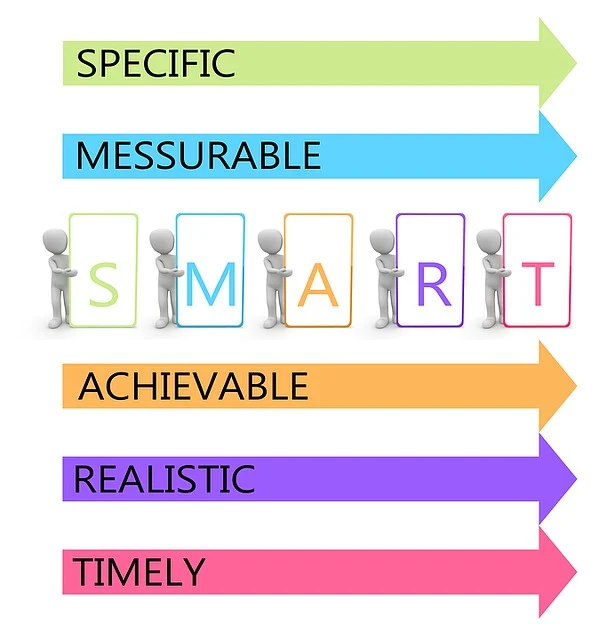Tracing the Evolution: The History of the Master’s Degree in Guidance Counseling

The Master’s Degree in Guidance Counseling stands as a testament to the evolution of counseling practices within educational settings, shaping professionals equipped to support individuals in academic, personal, and career endeavors.

Page Contents
- 1 Tracing the Evolution: The History of the Master’s Degree in Guidance Counseling
- 2 Early Foundations
- 3 Emergence of Counseling Education
- 4 Influence of Carl Rogers and the Humanistic Approach
- 5 Growth and Expansion
- 6 Incorporation of Behavioral Health and Holistic Approaches
- 7 Technological Advancements and Adaptations
- 8 Current Landscape and Future Trends
- 9 Conclusion
Tracing the Evolution: The History of the Master’s Degree in Guidance Counseling
Early Foundations
The roots of guidance counseling trace back to the early 20th century when educators recognized the need for more personalized support for students. In the early stages, guidance counseling primarily focused on vocational guidance and educational planning.
Emergence of Counseling Education
Although the philosophical craft of Plato and Aristotle in ancient Greece and Rome served as the basic for counseling, yet as the field progressed, counseling education programs began to emerge in the mid-20th century, offering specialized coursework in psychology, counseling theories, and vocational guidance in the United States. These programs laid the groundwork for the development of the Master’s Degree in Guidance Counseling.
Influence of Carl Rogers and the Humanistic Approach
The 1950s and 1960s saw a significant influence from the American Carl Rogers and the humanistic approach to counseling. This shift emphasized empathy, active listening, and a client-centered approach, shaping the philosophical foundations of modern guidance counseling programs.
Growth and Expansion
During the latter half of the 20th century, guidance counseling programs expanded to encompass a broader scope beyond vocational guidance. They began to address personal and social issues, mental health concerns, and academic support, reflecting the multifaceted needs of students.
Incorporation of Behavioral Health and Holistic Approaches
As counseling continued to evolve, master’s programs in guidance counseling integrated behavioral health concepts and adopted a holistic approach, recognizing the interconnectedness of mental health, academic success, and overall well-being.
Technological Advancements and Adaptations
Advancements in technology further transformed guidance counseling, introducing online counseling platforms, digital resources, and data-driven counseling approaches. These innovations have enriched the tools and methodologies available to counselors in supporting students.
Current Landscape and Future Trends
Today, Master’s Degree programs in Guidance Counseling continue to evolve, adapting to societal changes, diversity, and the increasing recognition of mental health importance. There’s a growing emphasis on cultural competence, social justice, and advocacy within counseling education.
Conclusion
The Master’s Degree in Guidance Counseling has undergone significant transformations throughout history, evolving from its vocational roots to encompass a comprehensive, holistic approach to counseling. As it continues to adapt to societal needs and technological advancements, it remains a vital educational pathway preparing counselors to support individuals in diverse and complex ways.
This article provides an overview of the historical journey and evolution of the Master’s Degree in Guidance Counseling, highlighting key milestones and shifts that have shaped the field into what it is today.







